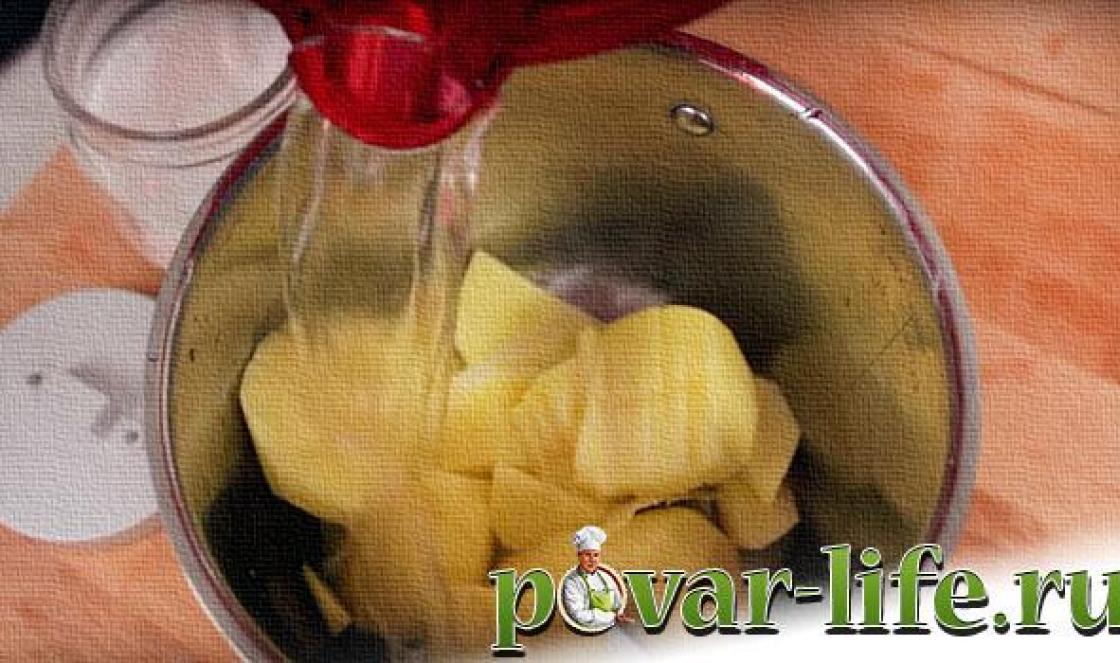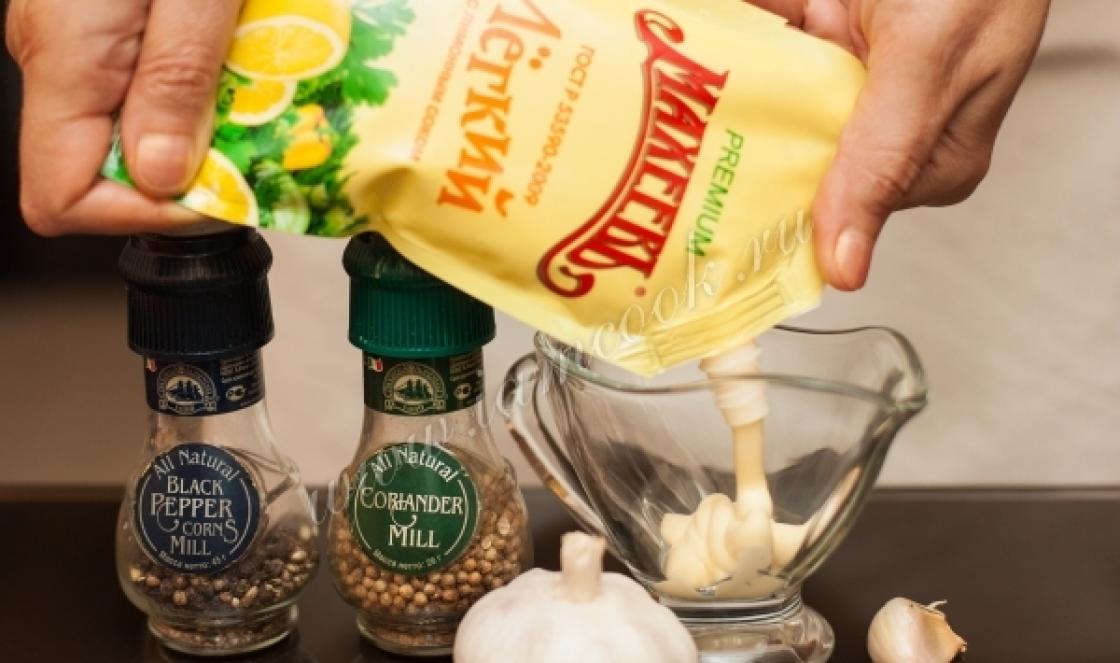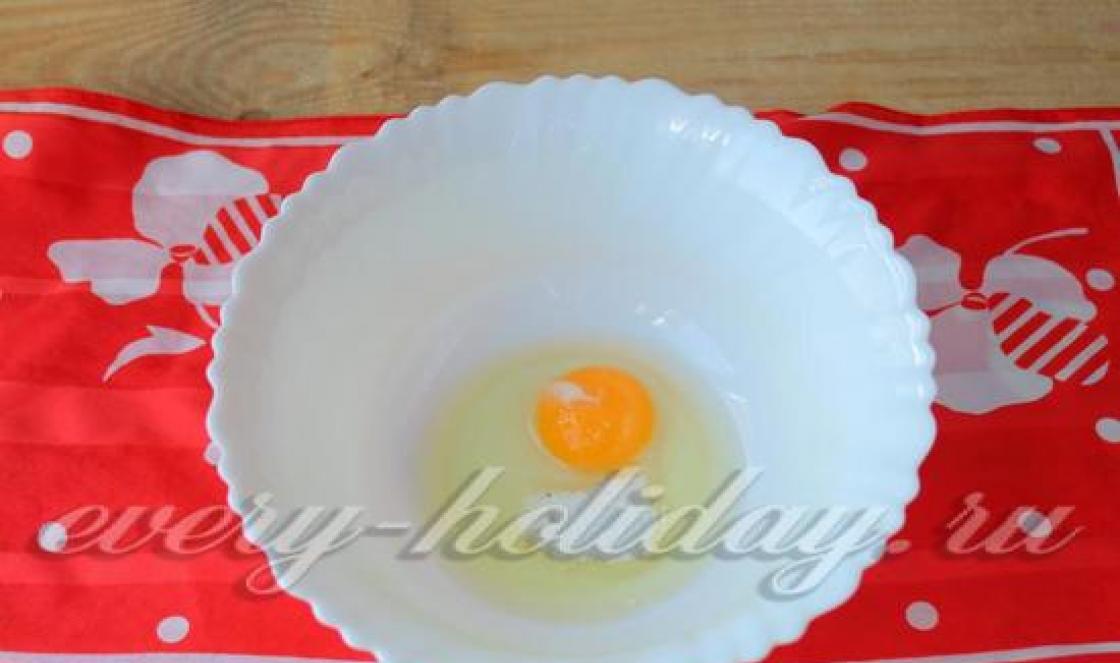Finishing brick differs from ordinary brick by a smooth or corrugated surface of a uniform color. This wall material is used to decorate the surface of walls, giving it a beautiful appearance. In addition, the finishing masonry protects the main wall from atmospheric influences: rain, hail, cold snap and other unfavorable factors. At the moment, domestic enterprises produce many varieties of facing bricks, which differ in color palette, size and shape.
As mentioned above, facing bricks are used to decorate the facades of buildings. In addition, the material in question can be used for constructing garden fences, laying fence posts, columns and fencing balconies. It should be noted that each type of finishing brick has its own overall dimensions, which must comply with building codes, and the tongue and butt parts of the product are covered with a decorative surface. When making masonry, the width (height of the building material) is taken into account, so let’s get acquainted with these indicators for certain types of finishing wall materials.
What is the thickness of the finishing brick, depending on its type
The first type - ceramic facing bricks can be solid in structure or have voids, which allows reducing the load on the foundation without significant loss of basic properties. The surface of this material can be matte or glossy, imitating stone or other natural materials. Particular attention should be paid to handmade ceramic bricks, which can have individual sizes. The thickness of this type of facing brick can be 65 and 88 millimeters; handmade products have a thickness of 63 millimeters.
The second type of finishing brick is considered to be clinker, which is produced by firing special types of clay. Due to the presence of a dense structure, such products almost do not absorb moisture, and therefore have excellent frost resistance. At the moment, factories produce clinker finishing bricks with a thickness of 65 millimeters and a special long brick with a height of 37 millimeters.
Hyperpressed finishing bricks resemble stone in appearance. This material is made from limestone and cement by pressing under high pressure. The material is easy to cut, has excellent strength, frost resistance and wear resistance. Its thickness indicator can be 65 or 88 millimeters.
The latest type of finishing materials, sand-lime brick, is almost never used today due to the low decorative qualities of the finished wall. A single sand-lime brick has a thickness of 65 millimeters, the thickness of a one-and-a-half finishing brick is 88 millimeters, and a double brick is 138 millimeters.
A building material such as facing brick is a universal one. It is endowed with strength, moisture resistance and durability.
The main characteristics that you should pay attention to are its frost resistance, water absorption and geometry. We give preference to the brick whose characteristics have the best performance.
Features of facing brick
Unlike the usual one, the finishing one has its significant advantages. Its smooth surface and artistic features allow you to give brick houses Beautiful appearance. What is facing brick? This is a building material that has the following characteristics, namely:
- absence of all kinds of flaws on the surface, including shells, cracks, etc.;
- precise geometry of corners and edges;
- texture and color variety within even one type.
For example, color ceramic bricks Depending on the color of the clay, it can be orange, yellow, or brown, but by adding dye to the initial raw material, you can ensure that the product acquires the desired shade.
Brick for cladding a house must protect the structure from natural factors that negatively affect it, these are:
- temperature changes;
- wind;
- precipitation, etc.
If you clad a building with a good quality product, it will look simply amazing. The angles of this building material are:
- straight and even;
- beveled;
- rounded.
Products also differ in structure. There is a solid material and a hollow one, more often called effective slotted material.
Types of facing bricks
Before choosing a facing brick, it is advisable to familiarize yourself with its varieties. All this diversity has its advantages and a specific purpose. They are classified by:
- production method - handmade and using equipment;
- technologies - hollow and solid;
- colors;
- surface features, etc.
The surface of finishing bricks can be different: smooth, matte, or to suit all kinds of textures - wood or stone. Thanks to special technologies, the entire mixture or a specific side is painted.
The process in which only the front part is painted is called engobing. The front side of glazed bricks is covered with a special glaze, thanks to which the finished product shines. This type of brick is used for interior decoration; for example, designers use it to create mosaics and panels.
Today, the most popular product is a combination product. It combines the features of several types of material. For example, a brick for interior decoration may have a chocolate color with an oak texture. Interest in this finishing material called:
- originality;
- sophistication;
- the possibility of creating individual decoration.
The main thing is that the brick for interior decoration is used carefully and correctly. Its features are:
- fortress;
- durability;
- resistance to fire and all kinds of aggressive conditions.
Many types of facing bricks do a good job of keeping buildings cool in the summer months and warm in the winter. They are distinguished by their increased aesthetic properties and abrasion resistance.
Brick for interior decoration is used to decorate:
- canteens;
- bathrooms;
- bedrooms;
- kitchen rooms;
- offices;
- hallways.
Stoves and fireplaces lined with it look very elegant. For finishing houses there are various types these building materials:
- silicate;
- ceramic;
- hyper-pressed;
- clinker.
Which brick is better for cladding a house can only be determined by becoming familiar with their characteristics. The fact is that they have different compositions of raw materials, manufacturing technologies and costs.
Brick sizes
The dimensions of the brick are very important when finishing works. This primarily applies to cases when it is necessary to implement a certain architectural idea that requires the use of different textures and colors. If the size of the facing brick is different, then the completed work will not look very nice. If there are uniform values, you can combine different textures and colors in the decoration.
Today there are possible values modern material. Linear dimensions divide products into three types:
- single;
- one and a half;
- double.
Gradually, this series is replenished with a fourth type - Eurobrick, which is slightly smaller in width than a single brick.
As a rule, the size of facing bricks is standard. The length and width of all products are 250x120 mm. The only difference is their thickness, which is:
- standard single facing brick is 65;
- one and a half - 88 mm;
- double - 138 mm.
The weight of the brick depends on:
- material used;
- appointments;
- forms;
- size.
Sand-lime brick
Sand-lime facade brick consists of:
- purified quartz sand;
- moisture;
- lime
The last two components make up approximately 10% of the total mass. In order for the product to be of high quality, there is a main condition, namely, the solution must be prepared from components purified from:
- manganese;
- clay;
- organic impurities.
The lime, which must not be burnt, should not contain a large amount of calcium oxide. The process of producing silicate products is carried out under high pressure. Its characteristics are as follows:
- high moisture absorption coefficient;
- poor frost resistance;
- significant weight.
The thermal conductivity of brick is average. It is noted that under unfavorable operating conditions it quickly becomes unusable. Its weight varies depending on the type used. The one and a half facing weighs from 3.7 to 4.2 kg, the double type - from 5 to 5.8 kg.
Ceramic products
To obtain ceramic bricks, the solution is prepared from high quality clay without sulfates and marl. After molding the product, it is left to dry, and then the mixture is sent for firing. If during the production process there is underburning or overburning, this will negatively affect the quality.
When over-burned, it will take on a black tint, and when under-burned, it will look light. He considers it good if the surface is semi-matte. When choosing a ceramic material, you need to know that its structure at a fracture is porous and produces a ringing sound when struck. A one-and-a-half ceramic facing can weigh from 1.32 to 1.6 kg, and a double one can weigh 2.7-3.2 kg.
Hyper-pressed brick
The solution for obtaining this type of product includes all kinds of screenings:
- dolomite;
- shell rock;
- marble;
- calcareous rocks.
The solution is made with the mandatory addition of high quality Portland cement, which is a binding component. Then the solution is brought to the state of a mixture, which is pressed and steamed. As a result of the fact that there is little water in the raw material, even after firing there are no cavities in the product. These types can be used to cover the walls of buildings. They have a smooth surface or what is called “ragged stone.”
Hyperpressed products in their properties are close to natural stone, and therefore they are quite massive. Before use, you need to find out how much one product weighs for the facade of the house. Weight of facing:
- standard single - 4.2 kg;
- half block - 2 kg;
- shortened “stone-like” - 4 kg.
Clinker models
In the production of clinker face brick special clay is used. Firing is carried out at high temperature, giving the final product different shades.
Characteristics of clinker material:
- increased strength;
- frost resistance;
- environmental friendliness;
- heat resistance;
- ease of care.
If you choose a solid clinker facade material, you must take into account that sufficient strength and density increase its weight. Strength is determined by weight. Certain dimensions must correspond to the specific weight of the brick. This type of building material is available in various configurations and colors.
It must be borne in mind that, regardless of the manufacturing technology, all facing bricks and their types: clinker, ceramic and others are mainly produced hollow. Thanks to this, they become lighter, less thermally conductive and inexpensive.
Solid material is produced in the form of a parallelepiped, and can also have a non-standard configuration, which is called shaped or figured. U facing bricks dimensions and geometry can be completely different. The most popular are:
- semicircular;
- trapezoidal;
- twisted;
- wedge-shaped.
Judging by customer reviews, the highest rating belongs to the clinker building product.
Varieties depending on color
Facade facing bricks are available in various colors. The most common:
- red;
- yellow;
- white.
Red brick owes its color to the iron contained in the clay. As a result of firing at high temperatures, this universal building material becomes:
- reliable;
- durable;
- durable.
Mostly clinker and ceramic bricks have this color.
For the manufacture of construction products white lime and sand are taken. This brick for interior decoration has excellent aesthetic qualities and indicators:
- high strength;
- frost and water resistance;
- resistance to temperature changes.
For interior wall decoration, you can use decorative types that copy natural stone. For these cases, silicate species of various colors are chosen. The facade of the house, finished with a special type of building material, the texture of which resembles crushed stone, takes on a delightful appearance.
For those who love colored walls, manufacturers are ready to offer smooth facing hollow bricks, painted in different colors. The pigment used in silicate products is very durable. Therefore, facing bricks are not afraid of the sun's rays.
Solid and hollow types
Single solid face brick is used for cladding walls of buildings, plinths, and fences. The thermal characteristics of buildings will improve significantly if construction work made using a hollow building product.
Facing hollow single brick is endowed with thermal insulation qualities and good technical properties. Facing hollow single material having perfect lines and internal cavities, will lighten the weight of the structure.
If further use of the material involves high loads, it is necessary to use a solid one. It will give the structure greater reliability and safety. A solid body has no voids or cracks. This material is characterized by strength, the indicators of which may vary.
The walls of buildings lined with single cladding products will make the building warmer and more beautiful. Decorating buildings with such building products emphasizes the style features of the house and gives it architectural expressiveness.
The dimensions of facing bricks have remained virtually unchanged since the 17th century. The use of facing materials has a very long history. Initially, primitive materials were used, which evolved over time.
Although bricks were used for facing works and earlier, but mass use was noted only from the 17th century. This is due to the cheaper and more accessible materials. At the moment there is one standard for all types and tops of facing bricks.
Application of material
Facing brick differs from ordinary bricks and has some advantages and features compared to ordinary ones. The main difference is the perfectly polished surface, which has a certain artistic and aesthetic function. This allows you to create a very beautiful appearance for the building. At the same time, the brick is highly resistant to various negative factors: temperature changes, precipitation. The material also gives an aesthetic appearance.
Brick protects the wall structure from destruction and mechanical damage; it is often used for finishing terraces, balconies, and fences.
Types of facing bricks
At the moment, the industry produces a huge variety of bricks for cladding, which have their own advantages and purposes for performing certain functions. Facing bricks can be classified according to the following criteria:
- According to production technology - empty or full.
- According to manufacturing technology - manual or automatic.
- By decor: is there a relief, color, shape of voids, etc.
- Depending on the size of the facing material.
Let's take a closer look at the ceramic look. It is made by firing in a kiln. The features of hollow material are their high thermal insulation value, good technical characteristics, and the weight of hollow facing bricks is 1.3 times lower than the weight of solid bricks. However, if there are additional high loads on the foundation, it is recommended to purchase solid bricks for cladding. A solid facing brick, the dimensions of which are the same as a hollow brick, removes part of the load from the foundation, increasing the strength of the structure.
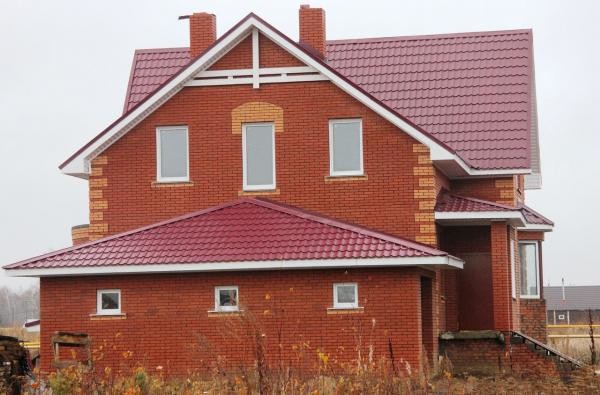
The differences in the type of decorative surfaces are as follows: they can be smooth, matte, textured and embossed. At the same time, the manufacturing technology allows the material to be painted evenly throughout the entire mass; if necessary and desired, coloring over the area is possible. Thus, engobed types of material have only the front part painted. Glazed bricks have a more shiny front side; in this case, a special glaze is applied to the surface (on the front side). Their application is quite wide: from giving an object shine to creating panels.
But the most popular is the combined option. This is due to the fact that it combines several advantages of different materials. So, it can have a dark shade and a wooden texture, which will create the illusion of a wooden house.
Building materials made by hand have their own advantages, but the cost of such products is 5-10 times higher than factory ones. At the same time, the shape and size of the brick can be different, up to an individual order. It is also possible to achieve a huge variety of shades and textures; such materials are often used in the reconstruction and restoration of historical buildings. They are produced in very limited quantities.
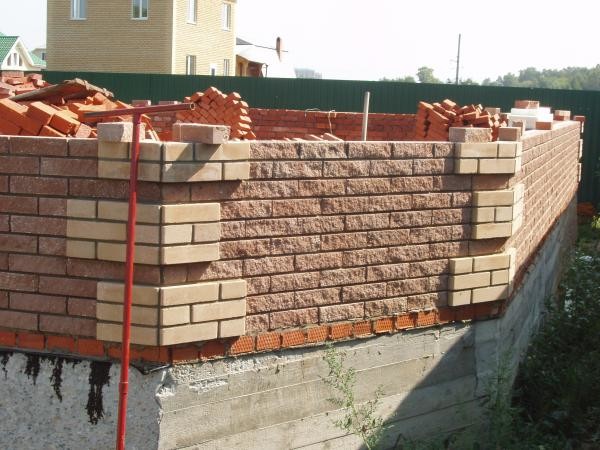
Silicate material has become less popular for cladding, this is due to its low technical characteristics and significant restrictions on use.
The most common colors are the lines of yellow, white and red bricks. Each of them has certain requirements for use, advantages and disadvantages. The red color is due to the high content of iron impurities in the clays. The color becomes saturated when fired in a specialized furnace at a temperature of about 1000 o C. Because of this, such a material has high strength, durability and structural reliability.
At the moment these are building materials are the most common and most versatile. They are actively used in laying walls, foundations, in the construction of fireplaces and stoves, etc. White bricks are made by mixing sand with lime. This material has a very attractive and aesthetic appearance, as well as high strength, moisture resistance, and frost resistance. This material is not afraid of temperature changes, precipitation and other negative factors. It is actively used in the construction of houses, outbuildings (garages, bathhouses), fences, etc. The cheapest and least durable materials are yellow; they contain clay with various additives (cement, lime). Their advantages include only good thermal insulation.


